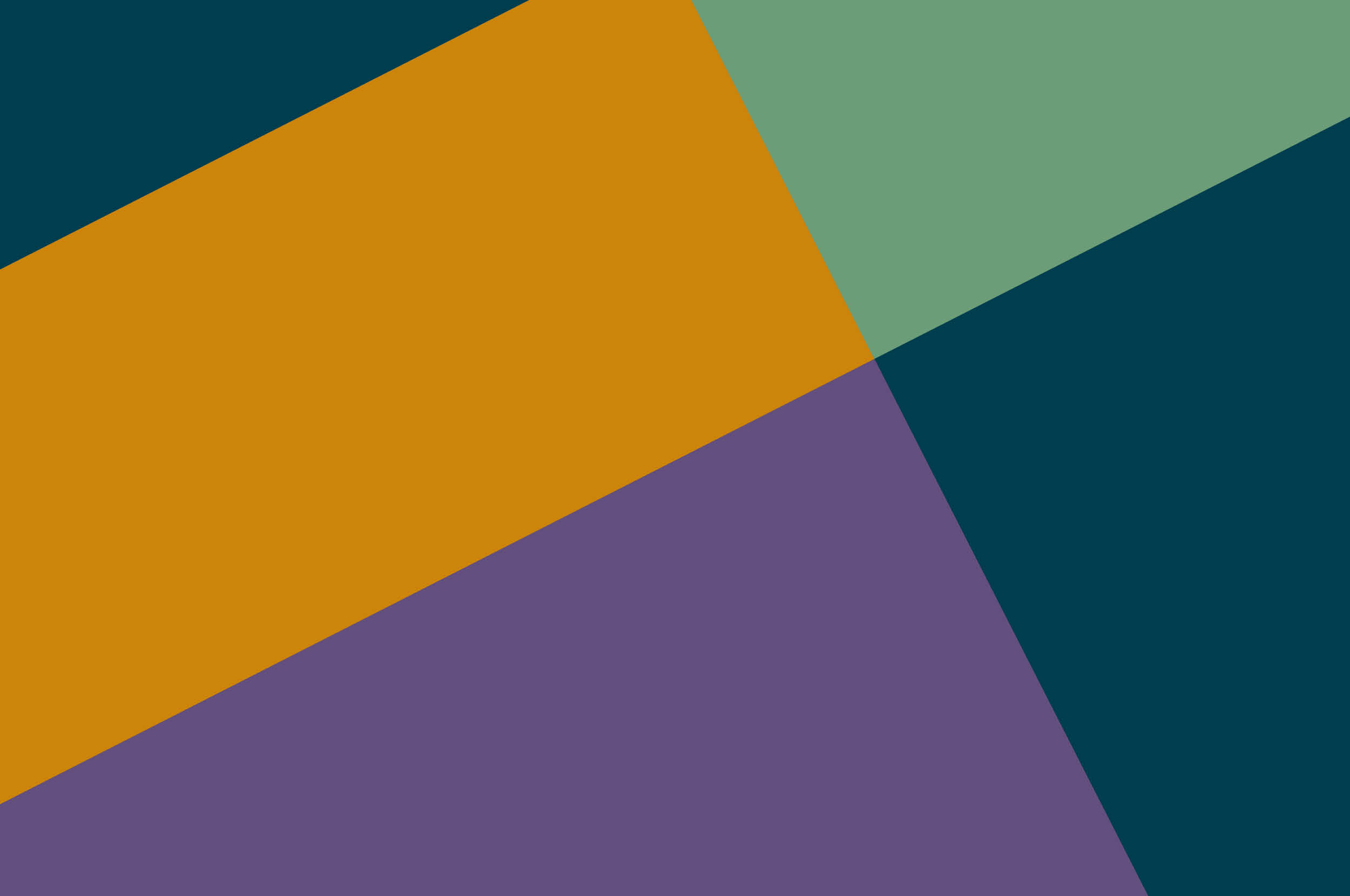Corporate visions help guide teams and organizations to an ideal state. Vision statements are framed from the business’ perspective and indicate intended impact on the larger world. Using visions as an anchor, teams work on transformational product experiences that require greater cross-functional alignment to achieve customer needs.
However, can such long-term visions be enough to break through the fogginess of today’s ambiguity? Can ambitious statements alone be enough to generate excitement and alignment across large organizations – enough to co-create powerful customer experiences?
An early stage tool – experience vision can help break through the present-day ambiguity, described above. They encourage the co-creation of powerful long-term visions and help organizations work through ambiguity. Especially when organizations have to follow through on ambitious vision statements that could seem intangible and therefore hard to focus on.
What is experience vision?
It is built on the belief that humans are hardwired to stories, and of the stories, ones centered on a protagonist are more powerful than general statements. Popularized by Jared Spool, experience visions are commonly used in design circles, sometimes as fictional stories in speculative design.
At Thoughtworks, we have leveraged these techniques when working on mid-to-long-term visions for a product, service and business.
Unlike a vision statement that merely encapsulates the wide boundaries of the business, experience vision imagines the future as a story, grounded in customer-research insights.
This article showcases how we employed experience vision to conceive a digital learning platform, intended to bridge the industry-academia gap and based on the Socratic method. Our objective was to stay relevant in the mid-term future.
Co-designing experience vision


Grounding experience vision in research insights
Using open-ended surveys and interviews, we began collecting behavioral insights to understand the customer’s (or learner’s) current learning experience. Here are some of the insights we collected:


Screenshot of the behavioral insights exercise
We also studied the perspectives of other service actors – trainers, training coordinators and recruiters who were involved in building the learning experience.
We built proto-personas and customer journey maps for each of these actors. This helped us to learn their key pain points before the workshops.




Screenshot of the persona exercise and journey maps
Collaborative visioning workshops
With the pain points in hand, we needed to outline the experience vision story with the pool of service actors and key stakeholders – sponsors, business and IT teams in play. We imagined the opportunities to build relevant and contextual experiences using ‘how might we’ statements. We arrived at the most important statements through debate and a voting mechanism.
Here is the visualization of some of the outcomes from these workshops:




The outline of the experience vision story is set in the mid-term (5-7 years) future and establishes our lead protagonist’s (or student’s) background as a starting point. We split the audience into multiple groups and they created stories aligned to the opportunities that had been identified tied to the organization’s long-term strategic business goals as well.
Here is the broad story outline that emerged across multiple groups:
In 5-7 years, a regional college’s student in their early years of engineering, hears about a social learning app that’s based on Socratic learning principles
When exploring the app, they are presented with a number of learning modules (e.g. Test Driven Development, XP Programming) that are self-paced and highly adaptive
The app does not share direct answers but asks challenging questions and encourages the student’s critical thinking
The student becomes a regular user of the app and receives active feedback from peers and mentors
Subsequently, the student signs up for a study group through the app and works together with other students on a project
A mentor (from the industry) spots the student’s innovative thinking and potential. They present the student with internship opportunities and guidance on how to deliver high quality outcomes
Mentors rely on the app to spot high potential talent and coach them for success




Iterative and continuous evolution of experience visions
The main purpose of the narrative is two fold – building a strong conviction around the future and building an excitement to see growth opportunities for the product – every day.
The narrative went through iterations based on service actors and other key stakeholders’ feedback. Additionally, we also built a low-fi storyboard to visually communicate the experience vision story (presented above). We even animated this storyboard to provide an impactful view into the future.


The experience vision formed the basis for both the product roadmap and the ecosystem it was set in, as a powerfully resonating story for cross-functional stakeholders, technology teams and sponsors.
Using experience vision to guide product development
Business leaders should understand that experience vision is not meant to replace corporate vision statements. In fact, if a corporate vision statement already exists, it could be the perfect starting point for the experience vision.
While corporate vision provides an answer for, ‘why should the business exist?’ experience vision answers, ‘what should the beneficiary (users/ customers/ partners/ employees) experience, while interacting with the business?’ In this context, we could describe experience vision as a real-world experience narrated from a person’s or organization’s perspective.
In summary, experience visions:
Serve to provide a direction for the beneficiary’s (users/customers/partners/employees) experience should be, 5-7 years down the lane
Tell a future story, not bound by specific scenarios, but weaving together different timelines — that future journeys can focus on
Are built on solid customer-research to envision the most plausible future out of many possible futures
Need to be re-evaluated every 8 to twelve months to evolve based on new data and insights
When the present is in a flux and the vision for the future foggy, experience visions offer a pragmatic way to imagine the experience we would like to create for our beneficiaries. This imagination of the ideal future can play a transformative role in how business leaders drive their organizations to that desired state.
Disclaimer: The statements and opinions expressed in this article are those of the author(s) and do not necessarily reflect the positions of Thoughtworks.


















